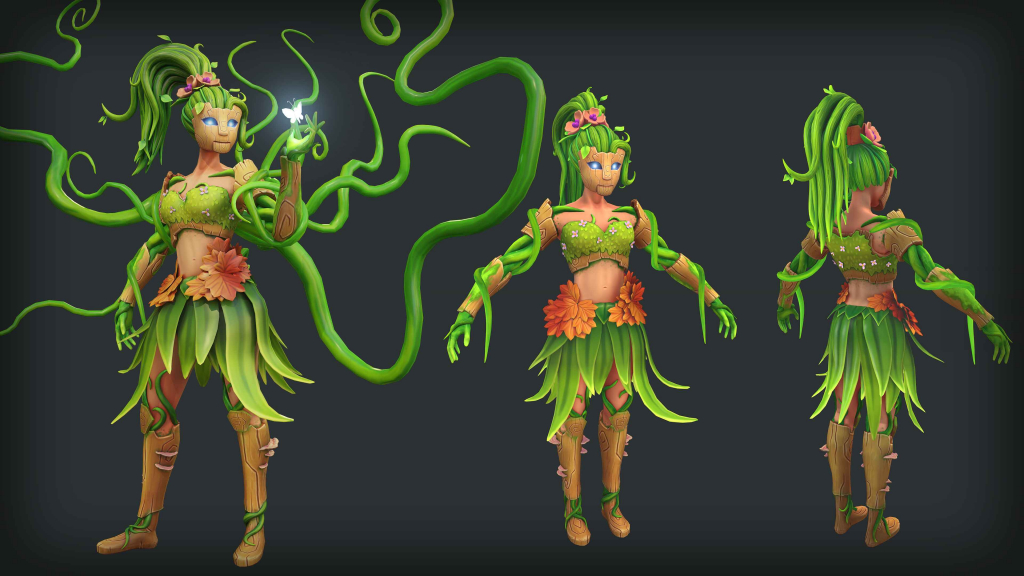Creating a 3D character is a meticulous process that unfolds in several stages, each contributing uniquely to the final model’s cost. Understanding these stages provides insight into the complexities of 3D character modeling and the factors influencing its overall expense.
Briefing
The briefing stage lays the foundation for the character’s development. Here, clients convey their vision, objectives, and specific requirements for the character. The clarity and complexity of the brief can significantly affect the cost, as more detailed and unique requirements may necessitate additional research and planning.
Sketching
During sketching, initial concepts and designs are drawn up. This creative process allows for the exploration of different character looks and poses. The time invested in sketching and the required revisions can impact the cost, as more iterations translate to more hours the artist spends.
Detailing
Detailing involves refining the sketches with intricate features, such as facial expressions, clothing textures, and accessories. The level of detail desired can significantly influence the cost; greater detail requires more time and skill, particularly if the character has complex elements like elaborate costumes or detailed weaponry.
Modeling
Modeling is the process of building the character in 3D space. This stage transforms the detailed sketches into a three-dimensional model through sculpting and polygon modeling. The complexity of the model, dictated by the character’s pose, anatomy, and attire, directly affects the modeling time and, consequently, the cost.
Texturing
Texturing adds color, patterns, and surface details to the 3D model, making it look lifelike. However, the complexity of textures and the need for custom artwork can escalate the cost. High-resolution textures for close-up views, for instance, require more detailed work than textures seen from a distance.
Rendering
Rendering is the final step, where lighting, shading, and camera angles are adjusted to create the character’s final images or animations. The quality of the rendering and the use of advanced rendering techniques can significantly influence the cost. High-quality renders with complex lighting and effects demand more processing time and computational resources.
Share
